You frequently hear people speak of a particular aspect of Minehead as being ‘the jewel in the crown’ of Minehead. To my mind Minehead has several jewels- North Hill is the emerald, Blenheim Gardens the ruby, Quay town and the harbour the Sapphire and West Somerset Railway is the diamond.
The idea for a railway to Minehead was first raised as early as 1833. This was for a horse-worked line from Minehead to Tiverton and Exeter but it, and several succeeding schemes came to nothing.
The first meeting of the West Somerset Railway Company took place in the Egremont Hotel , Williton in 1856 and was chaired by Sir Peregrine Fuller Palmer Acland of Stogursey who remained chairman until he died in 1871. The line to Watchet was opened in March 1862. Two years later two members of the Luttrell family set up the Minehead Railway Company and secured an Act of Parliament to build an ‘end-on’ extension from the terminus of The West Somerset Railway just 8 miles away at Watchet. There was little support for the scheme and so the capital could not be raised and the idea was abandoned. However George Luttrell refused to give up hope and in 1871 secured a further Act of Parliament to raise £60,000 capital and build a line from Watchet to a terminus at the seaward end of the Avenue in Minehead- ‘near the beach’.
It is ironic that just two months after Sir Peregrine Acland’s death the first steps were taken to extend the line from Watchet to Minehead, 30 odd years after it was first proposed. The contract for construction of the line was signed on December 1871 by Frederick Furness. To celebrate the event the first sod was cut by Master Alexander Fownes Luttrell , the eldest son of George,who was presented with the wheelbarrow and spade as mementoes. Flags were flown in the town, cheers were given, volleys fired, several tar barrels were lit and rolled up and down the street, the band played and church bells were rung.
Despite all this acclaim the line was not opened until 1874 owing to various difficulties that were encountered. Things such as acquiring possession of some of the land; actual construction of some of the line; a great deal of bad weather; scarcity of labour and the ill-disciplined of some of those employed. Apparently, on one occasion, the navvies working on the line became so upset over something that they rushed the office of the Clerk of Works,who had to hold them back with a loaded revolver! Also new stations had to be built at Washford, Blue Anchor and Dunster. There was a plan to run on through to Lynmouth but it never materialised. The line which was in broad gauge for the first 8yrs was converted to standard gauge in 1882 with the entire length of the track from Taunton being re-laid in a day!
Three days after the line was finally completed and inspected, it was officially opened on July 16th .The event was reported in the West Somerset Free Press which had been set up in 1860 by Cox,Son & Co.
’The thought of at last possessing the railway accommodation which has for so many years been desired and waited for seemed almost too much of a strain on the equanimity of some good people.’
At 6am the first train left Minehead for Taunton returning around 9am with 200 passengers. Whereas the 1pm train pulling 14 carriages carried 800 passengers. A special train bearing Mr G.F.Luttrell plus directors and officials of the Bristol and Exeter Railway was met by 180 school children all carrying flags, who had been marched in procession to the station platform.Next the band arrived which was later conveyed by bus through the town streets playing lively music with the school children following behind!
There were other trains bringing in crowds of people and those who simply wanted to take a short trip to experience riding on the first day of opening. Cannon salutes and cheers greeted each train’s arrival. As the day was taken as a public holiday and work suspended, excited crowds surrounded the station.
Decorations were put up in the streets and greenery twisted around lamp-posts. Flags,banners and floral displays including triumphal arches with slogans such as:
God speed the train. God save the Queen. Success to Minehead Railway. Thanks to G.F.Luttrell.
One cynical one said ‘Time works wonders’ referring to the time it had taken to link up the railway.
Mr Thomas Thristle of the Feathers Hotel was responsible for providing a luncheon for Mr Luttrell, his family, the directors and other invited dignitaries. It took place in a marquee in a nearby field.
The tickets for this lunch were engraved with a steam locomotive, a goods wagon and two carriages. They cost 4s 6d. Church bells were rung, there was a brass band concert and a tea provided for schoolchildren. (No special treatment for OAPs in those days!)
The original Minehead station prior to the 1930’s extension cost £1118 17s 6d. Both Minehead and Blue Anchor Stations were built by John Pearce. Whilst all this was in progress another speculative scheme was being hatched in anticipation of Minehead becoming a terminus. Spear headed by the 24yr old James Henry Langdon and supported by the Luttrell’s steward Thomas Ponsford who announced that ‘a short distance from the station it is contemplated erecting a spacious hotel or lodging house, by a Limited Liability Company.’
He was a director, Charles Henry Samson then employed as Building Bailiff to the Dunster Estate was the architect,and Henry Langdon the builder. At the time of the railway’s opening the hotel described as ‘refreshment rooms’ was in the course of erection. The first advert found is for August 1875 when it was called The Railway Hotel but by September its name had been changed to The Beach Hotel and it was clearly in business.
A dinner was held on September 30th to celebrate the opening of both the hotel and the Minehead Water Works. Langdon is said to have sold the building on completion to Fredrick James Wonson who was still the owner at the time of his death 20yrs later. Langdon also built the Station Cottages.
Early trains were slow. The 9am from Paddington reached Minehead at 3.50pm. By 1912 an express train from Paddington took 4hrs 17 mins with a return first class fare costing £2.9s or third class return £1. 5s. The trains were met by horse drawn cabs to take people to their destinations.
However, the passengers brought in by train were not always welcome as some introduced a rowdy element in the town. When a works outing from Bristol Wagon Works (800) arrived only weeks after the railway opened, they rioted through the streets fighting, stealing and breaking into gardens.
By contrast one train brought in 600 people and when all that there was going on was a cricket match but apparently they found things to do quite peacefully! The railway became a focus again on February 17th 1900 when Minehead gave an enthusiastic send off for volunteers who left on a train to Taunton to prepare to go and fight at the front in the Boer War. Once again flags and bunting were displayed all over town.
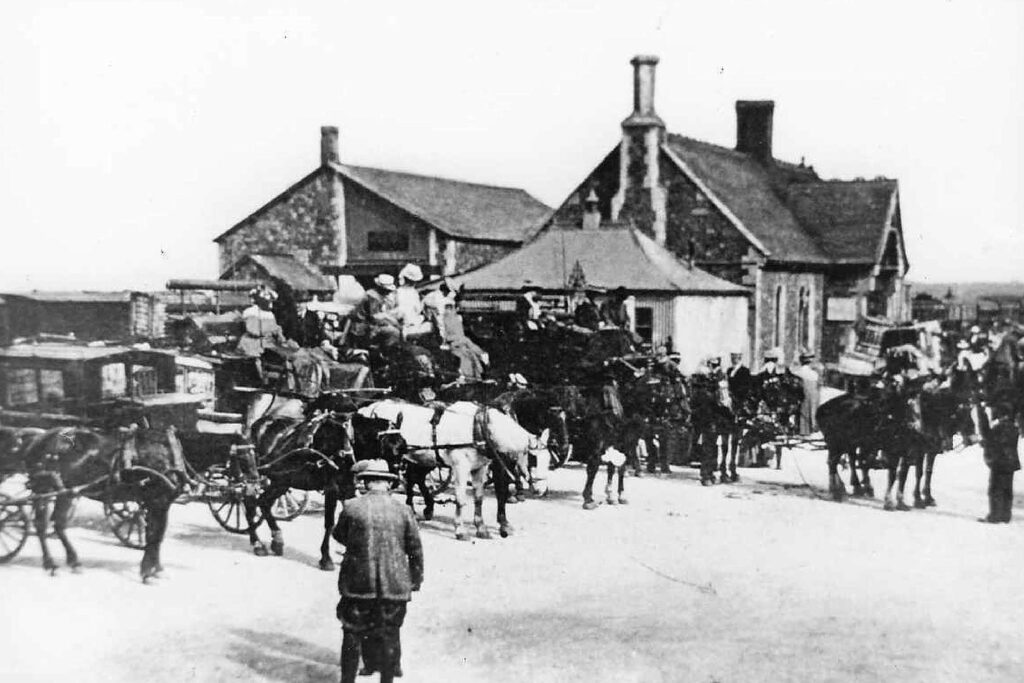
This poem was written by Mary East, a Minehead resident and published soon after the line was opened.
The Local Line
There are ten railway stations upon our little line, first you come to Norton and then there are nine.
Nine railway stations and, if you are not late, you come to Bishops Lydeard and then there are eight.
Eight railway stations, with all their dawdling tricks, you pass through Crowcombe and Stogumber, and then there are six.
Six railway stations, and if you but survive, you come at last to Williton and then there are five.
Five railway stations. Oh, would there were no more, But you crawl along to Watchet and then there are four.
And now you’re going downhill and bustle on quite fast, and Washford and Blue Anchor are very quickly passed.
And then you come to Dunster and gaze upon the sea, and when you come to Minehead how joyful you will be.
As you gather up your luggage and hasten home to tea, and rest in peaceful Minehead, beside the whispering sea.
Compiled by Sally Bainbridge on behalf of Minehead Conservation Society.
Buy the book! Minehead & Beyond
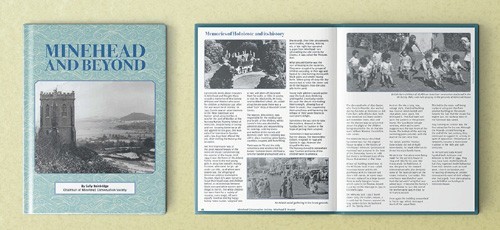
This book is a compilation of articles written for this magazine by Sally Bainbridge on behalf of Minehead Conservation Society. It contains information about the richness of West Somerset’s history; culture; people; heritage; traditions and beautiful and varied landscape. The book costs just £5 and all profits go to Minehead Conservation Society.
Available to buy from AR Computing, Park Lane Home Furnishing (in their Park Lane shop), Minehead Tourist Information Centre and Townsend House (Monday am).
Office: Townsend House, Townsend Road, Minehead TA24 5RG (01643 706258) E-mail: [email protected]
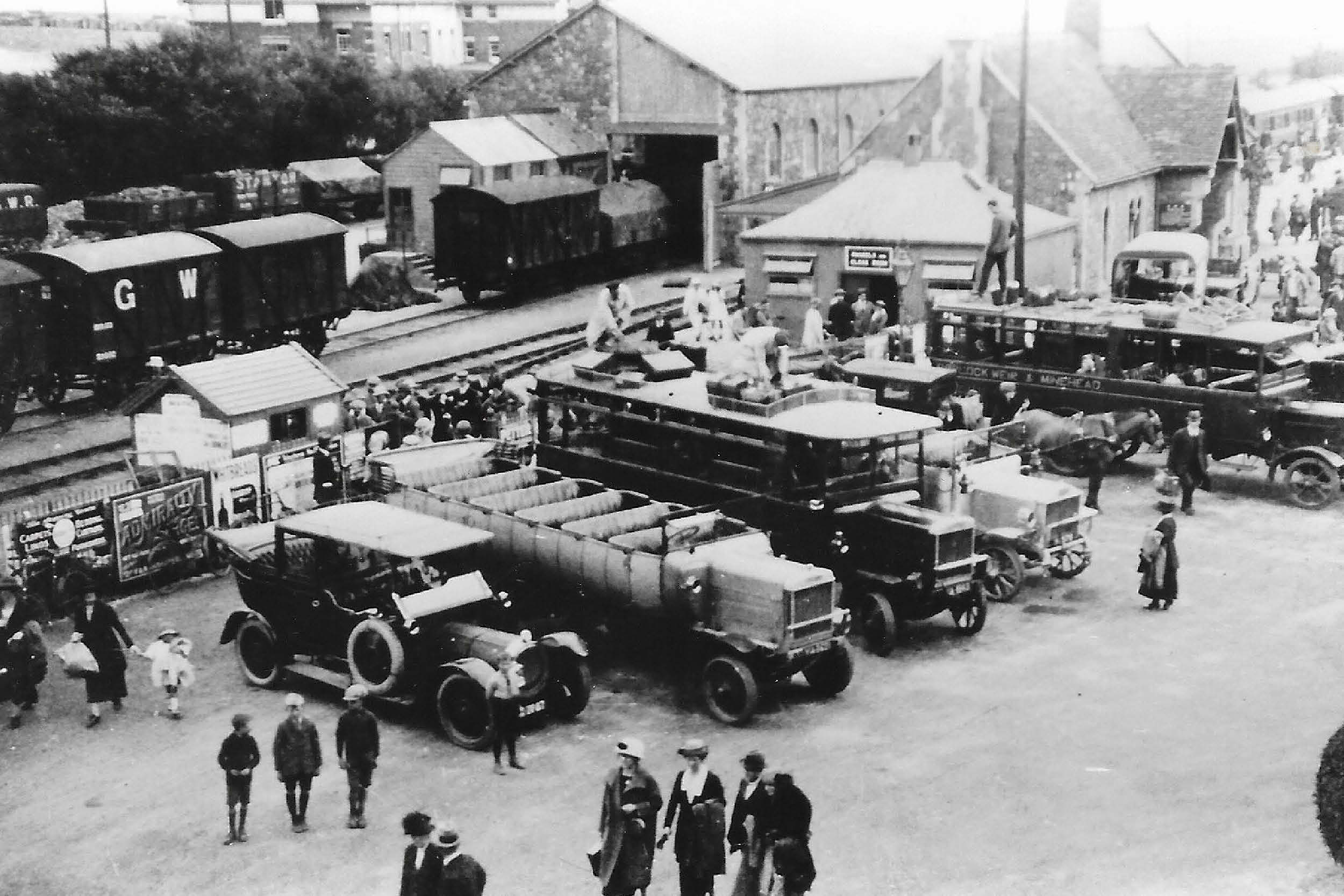
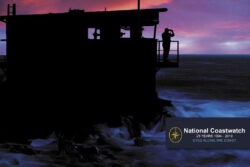
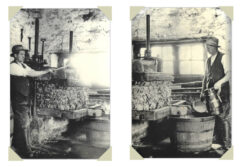
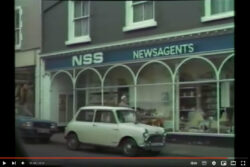
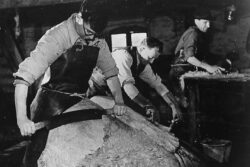
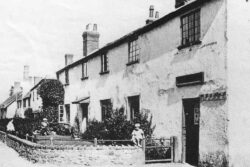
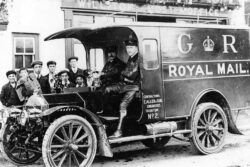

One Response
Hi there. We would like to share this poem for National Poetry Day. Just checking you would be happy for us to share the black and white photo too. Many thanks. Fiona Hobday. Commercial Department. West Somerset Railway